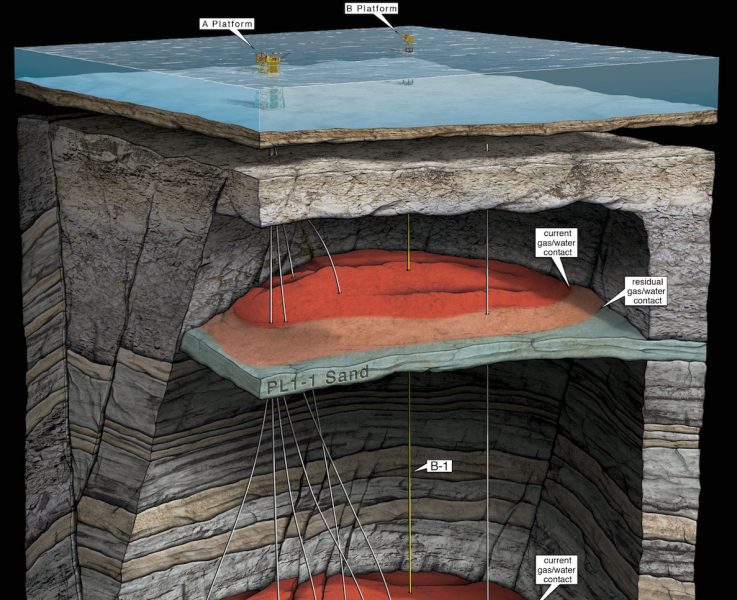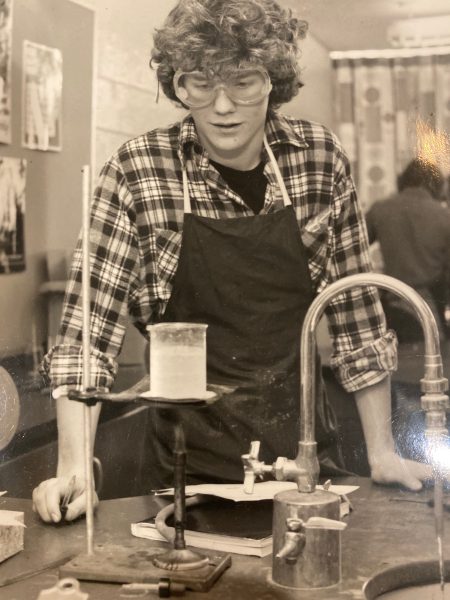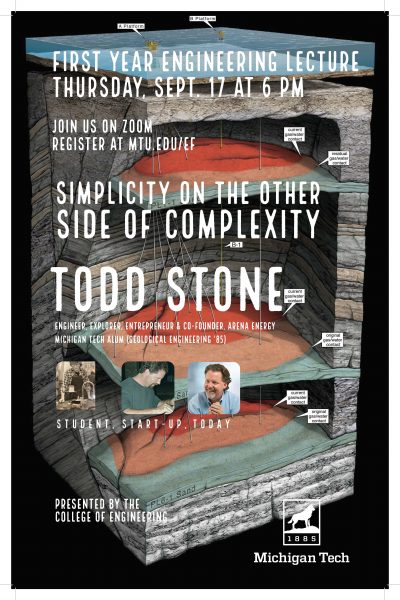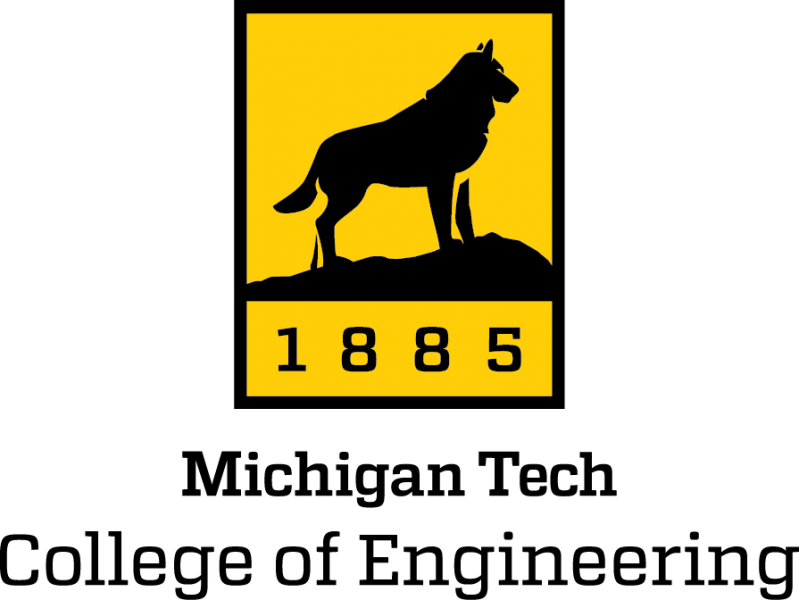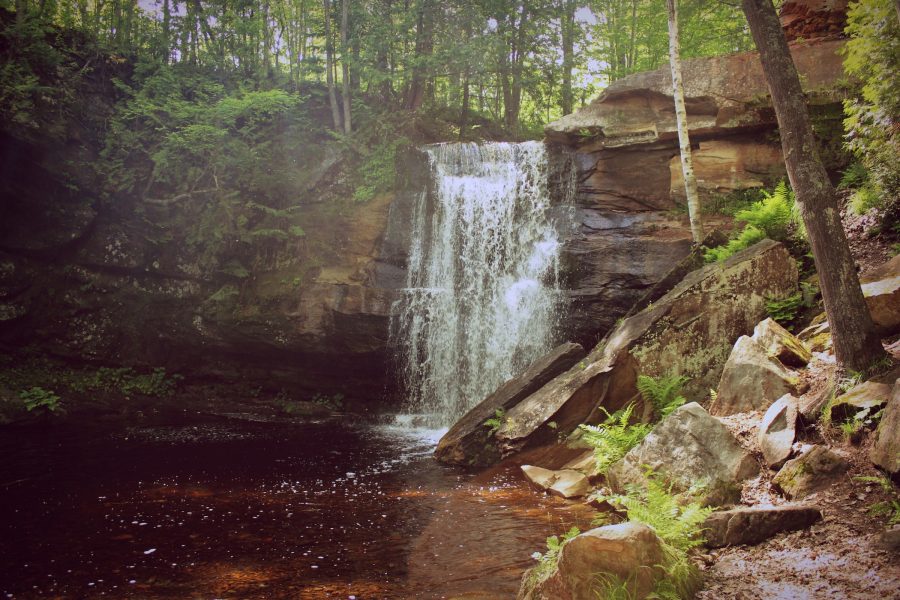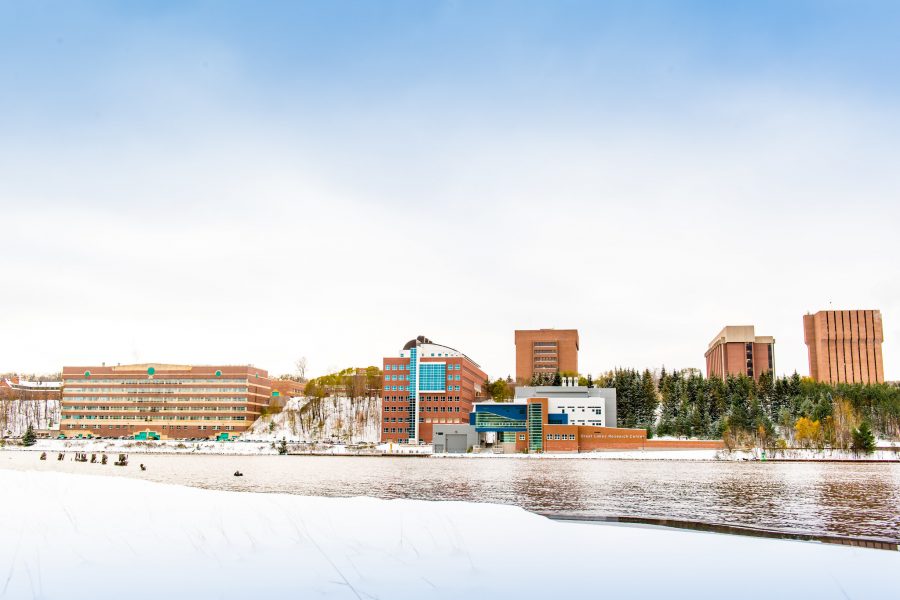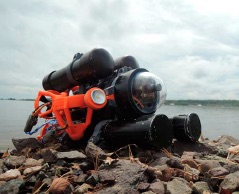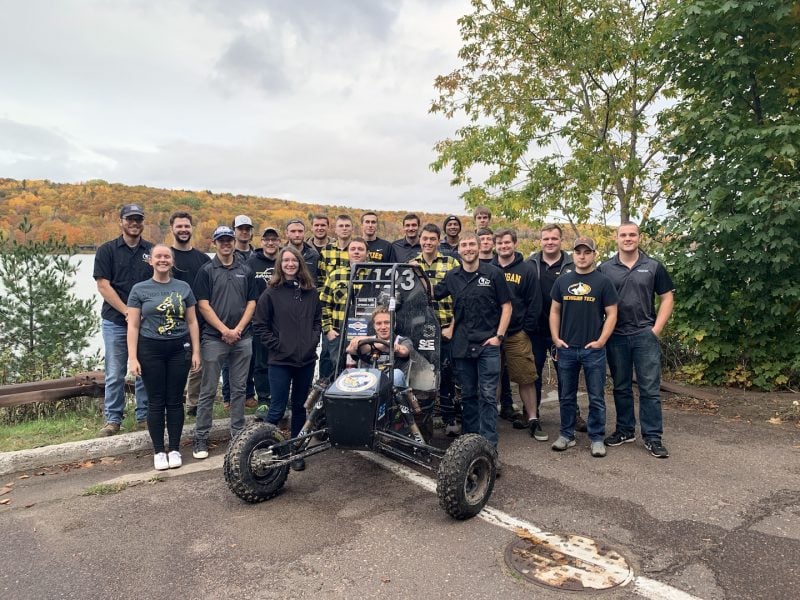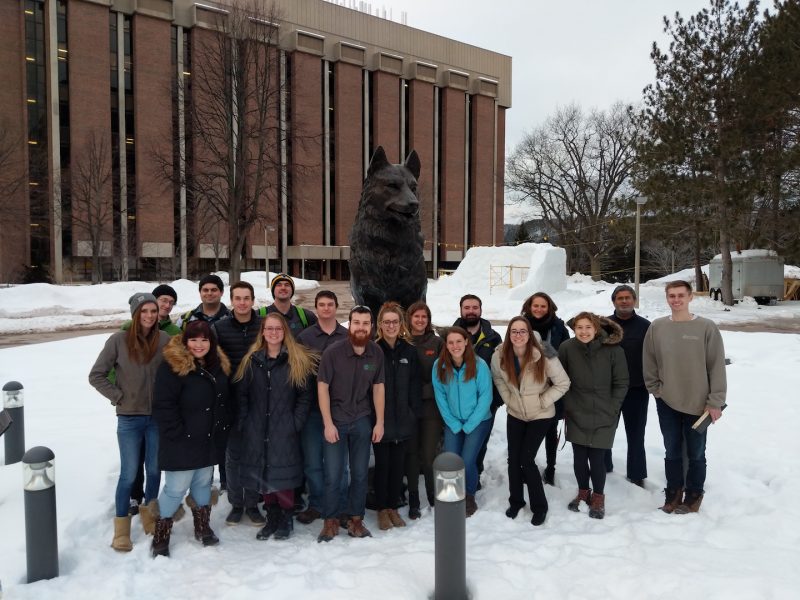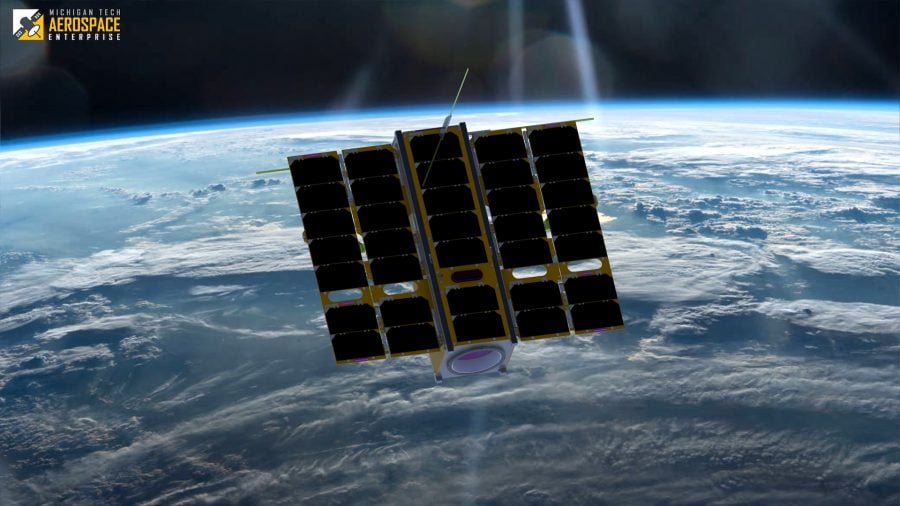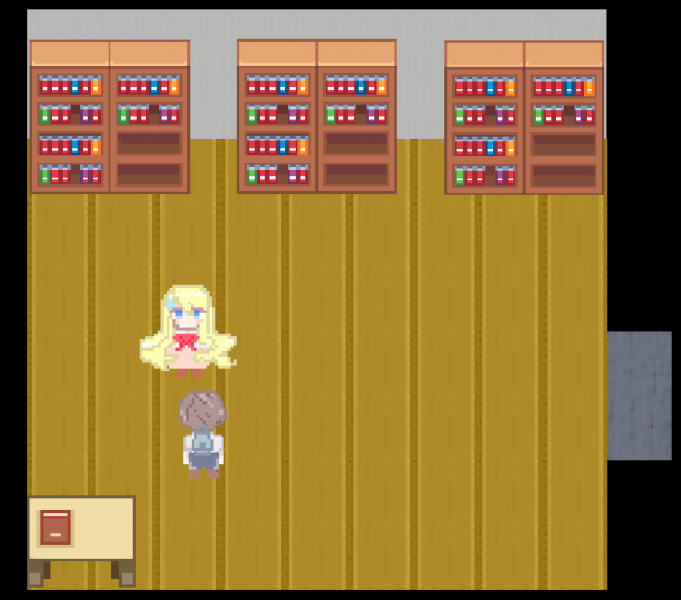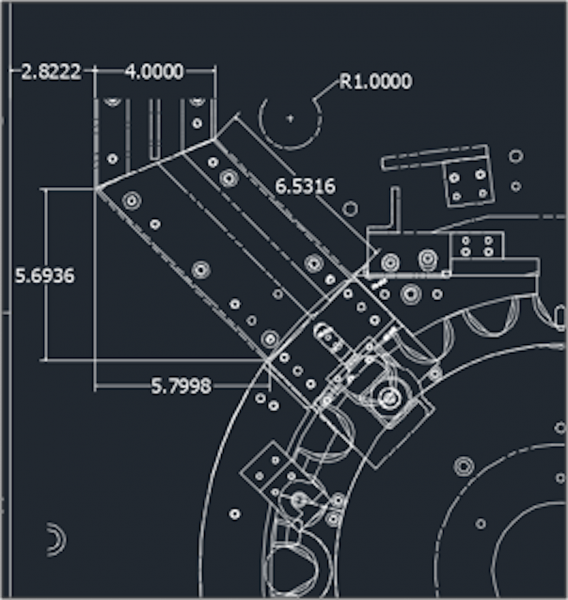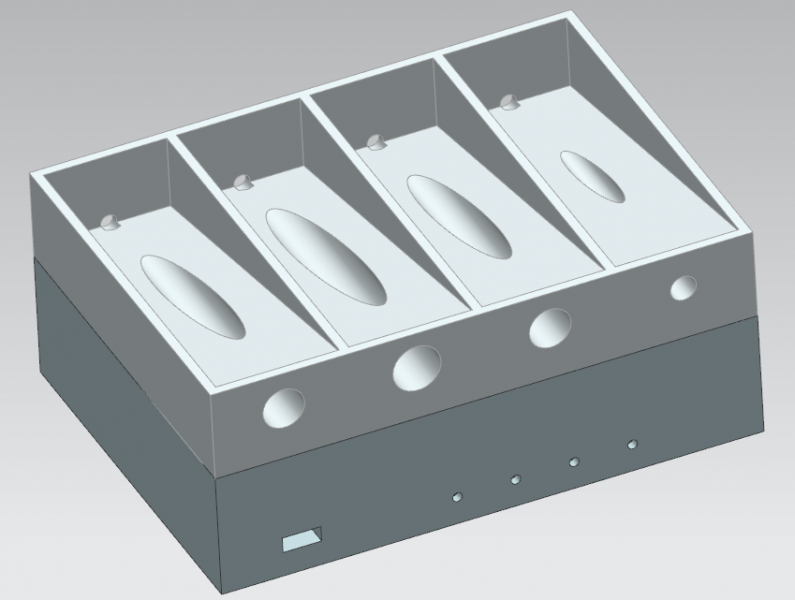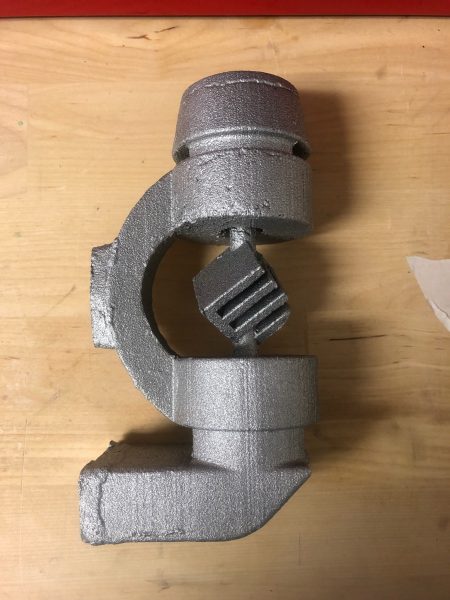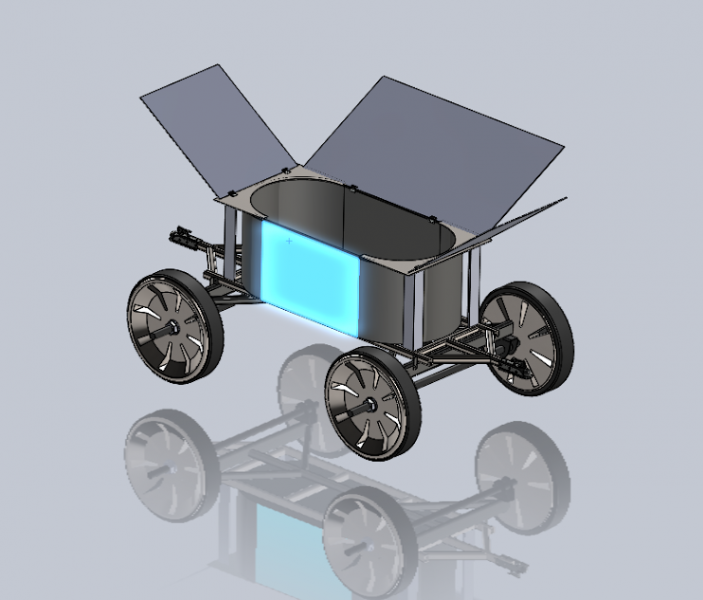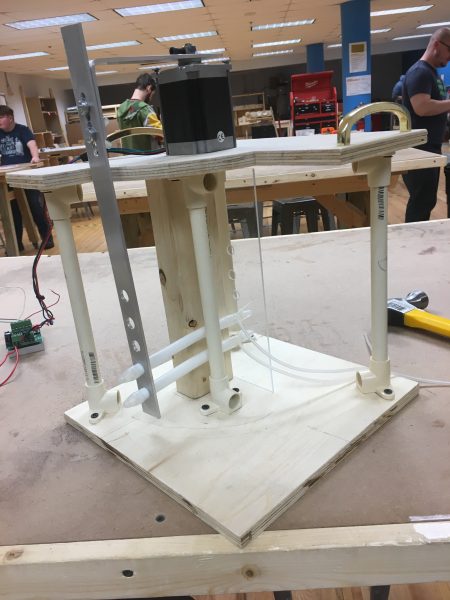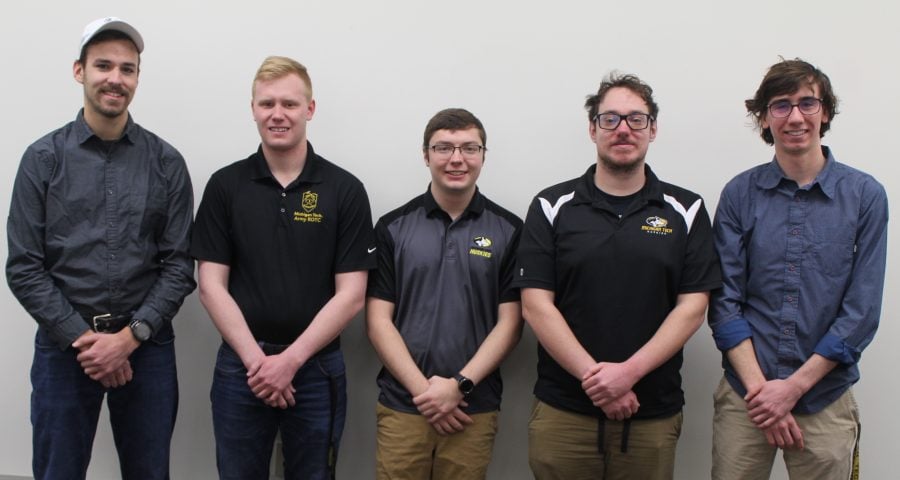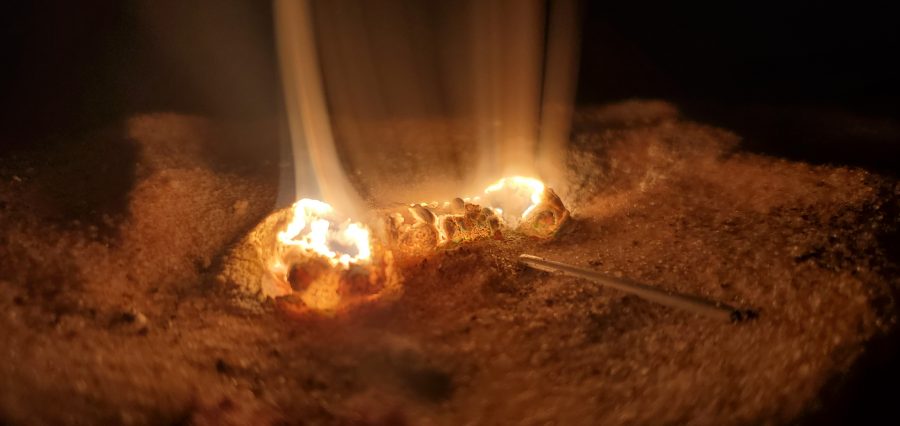
The Graduate School announces the recipients of the Doctoral Finishing Fellowships, KCP Future Faculty/GEM Associate Fellowship, and CGS/ProQuest Distinguished Dissertation Nominees. Congratulations to all nominees and recipients.
The following are award recipients in engineering graduate programs:
CGS/ProQuest Distinguished Dissertation Nominees:
Doctoral Finishing Fellowship Award:
- Alejandra Almanza, Materials Science and Engineering
- Chandan Kumar, FNU, Geological Engineering
- Esmaeil Dehdashti, Mechanical Engineering-Engineering Mechanics
- Yuesheng Gao, Chemical Engineering
- Srinivas Kannan, Biomedical Engineering
- Sergio Miguel Lopez Ramirez, Civil Engineering
- Kevin W. Sunderland, Biomedical Engineering
- Xiaodong Zhou, Civil Engineering
Profiles of current recipients can be found online.
